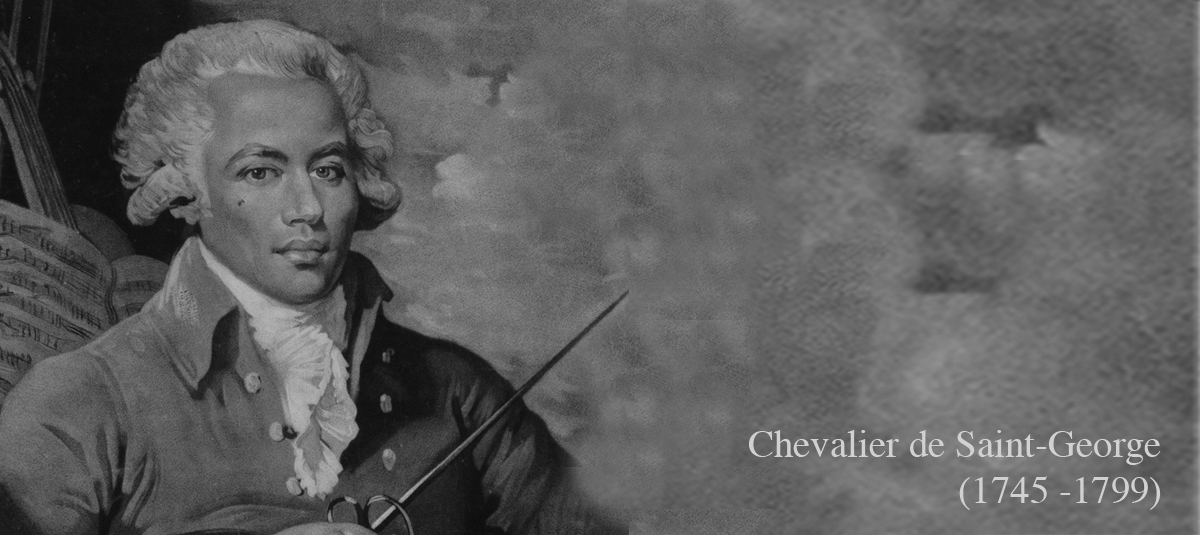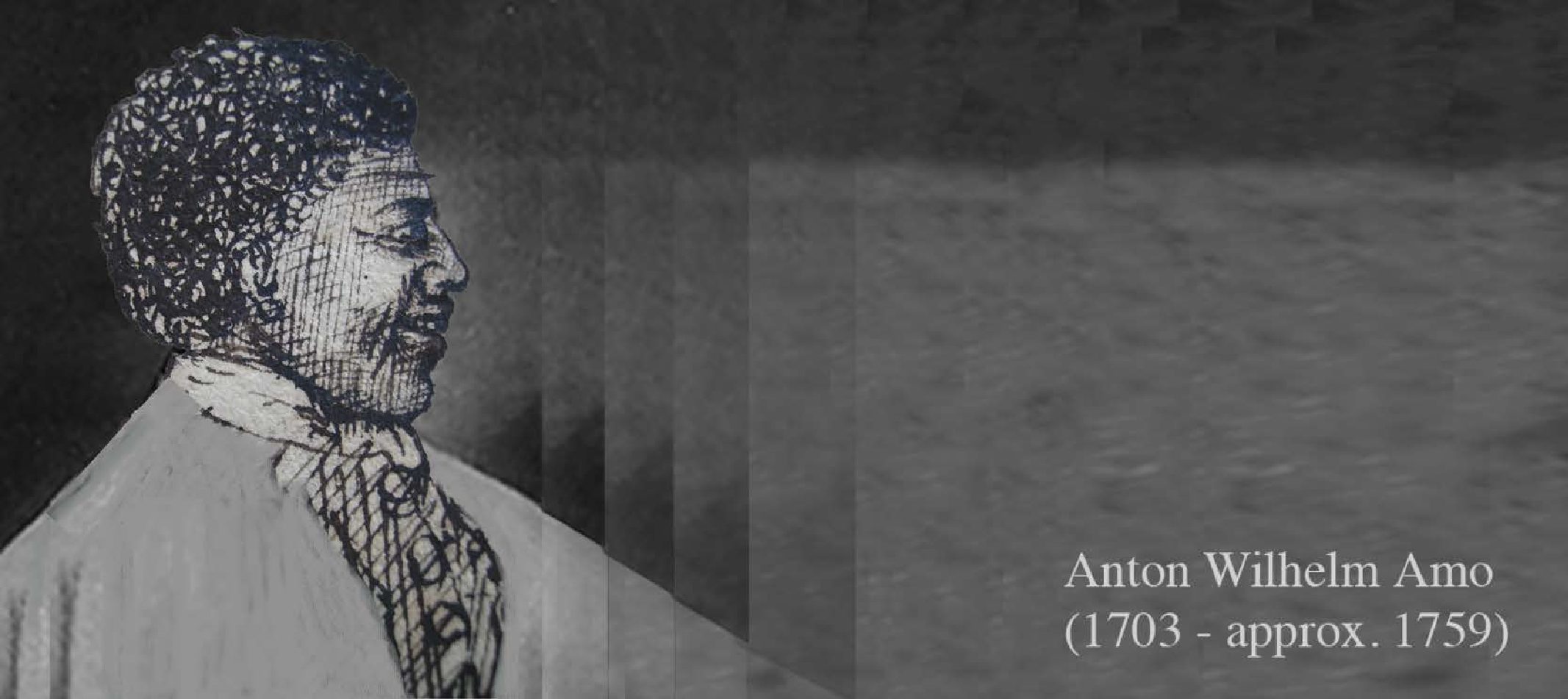
Crypto Chart Patterns in trading
Contents
However, if there is no clear trend before the triangle pattern forms, the market could break out in either direction. This makes symmetrical triangles a bilateral pattern – meaning they are best used in volatile markets where there is no clear indication of which way an asset’s price might move. An example of a bilateral symmetrical triangle can be seen below.

When there are more buyers than sellers in a market , the price tends to rise. When there are more sellers than buyers , the price usually falls. ZenLedger automatically aggregates your crypto transactions across wallets and exchanges and computes your capital gain or loss. You can even pre-populate IRS forms or identify tax loss harvesting opportunities.
Descending triangle
Neutral chart patterns occur in both trending and ranging markets, and they do not give any directional cue. Neutral chart patterns signal that a big move is about to happen in the market and traders should expect a price breakout in either direction. Falling wedges form at the bottom of a downtrend whereas rising wedges form at the top of an uptrend.
Patterns like ascending or descending triangle, channel up or down, resistance break and approach….these have about 70% success rates. So traders need to do a hundred trades for these statistics to work out. Keep trades relatively small, don’t bet the farm on any one trade! Price patterns are often found when price “takes a break,” signifying areas of consolidation that can result in a continuation or reversal of the prevailing trend. Trendlines are important in identifying these price patterns that can appear in formations such as flags, pennants and double tops. Since price patterns are identified using a series of lines and/or curves, it is helpful to understand trendlines and know how to draw them.
The up trendline is drawn by connecting the ascending lows. Conversely, a trendline that is angled down, called a down trendline, occurs where prices are experiencing lower highs and lower lows. Technical analysts and chartists seek to identify patterns as a way to anticipate the future direction of a security’s price.
Do chart patterns work for crypto?
A break outside the upper falling trendline will be a signal that bulls are ready to drive prices higher for the next phase. Many traders struggle when it comes to trading chart patterns. However, it’s mostly due to a wrong understanding of how to use chart patterns and what their true purpose is. Price patterns appear when traders are buying and selling at certain levels, and therefore, price oscillates between these levels, creating chart patterns.

By signing up as a member you acknowledge that we are not providing financial advice and that you are making the decision on the trades you place in the markets. We have no knowledge of the level of money you are trading with or the level of risk you are taking with each trade. Even if you decide not to use Gartley patterns for entry signals, you still have to be familiar with their shapes in order to avoid mistaking them for market tops or bottoms. The main difficulty with Gartley pattern is that it very much looks like a top of the market, and yet an advance the price will follow.
Volume and a trusty chart pattern may look great; however, if price action is approaching a strong area of support or resistance, a trader can be surprised by the unexpected reversal. When planning an options trade, the first step is always plotting support and resistance. Hopefully, you also know the ticker and its recent history as well as any forthcoming market events, such as earnings for example. Patience is a great virtue for investors, even more so when trading chart patterns.
In this case the line of support is steeper than the resistance line. This pattern generally signals that an asset’s price will eventually decline more permanently – which is demonstrated when it breaks through the support best website to learn forex trading level. Flags form when prices consolidate after sharp trending moves. In an uptrend, a flag pattern will form when prices consolidate by forming lower highs and lower lows to signal a period of profit-taking.
Three drives pattern
Price changes are usually represented using candlesticks, and after a series of time periods, candlestick patterns form on a trading chart, telling the price action story of the underlying asset. Chart patterns are powerful tools for performing technical analysis because they represent raw price action and help traders to feel the mood and sentiment of the market. They essentially allow traders to ride the market wave, and when well understood and interpreted, they can help pick out lucrative trading opportunities with minimal risk exposure. Traditional chart patterns identify the behavior of traders and investors on a chart based on support and resistance trend lines. The breakouts of previous trading ranges are generally the new directional entry signals.
Technical analysis is a wide-reaching endeavor, and there are hundreds of successful technical approaches to day trading options and common shares of stock. But none of them will be successful when applied out of context or without an understanding of the indicators and strategy applied. A wedge that is angled down represents a pause during a uptrend; a wedge that is angled up shows a temporary interruption during a falling market.
Technical analysts have long used chart patterns as a method for forecasting price movements and trend reversals. You can use ourpattern recognition software to help inform your analysis. Chart patterns can sometimes be quite difficult to identify on trading charts when you’re a beginner and even when you’re a professional trader. You can also apply stock chart patterns manually on your trading charts as part of our drawing tools collection. One of the most paramount skills any trader needs to the ability to accurately and confidently chart support and resistance on charts. Trading a chart without support and resistance already carefully plotted is uninformed and potentially disastrous.
The Essential Guide to Chart Patterns
When price finally does break out of the price pattern, it can represent a significant change in sentiment. We’ve covered several continuation chart patterns, namely the wedges, rectangles, and pennants. Note that wedges can be considered either reversal or continuation patterns depending on the trend on which they form. Reversals that occur at market tops are known as distribution patterns, where the trading instrument becomes more enthusiastically sold than bought. Conversely, reversals that occur at market bottoms are known as accumulation patterns, where the trading instrument becomes more actively bought than sold. As with continuation patterns, the longer the pattern takes to develop and the larger the price movement within the pattern, the larger the expected move once price breaks out.
Before starting your chart pattern analysis, it is important to familiarise yourself with the different types of trading charts. Cryptocurrency chart patterns are helpful for assessing market psychology, but they are more subjective than technical indicators. Learning how to analyze a forex chart is a critical skill for anyone interested in trading forex markets successfully. The process of analyzing the chart begins with choosing the proper time frame. If you want to day trade you’ll choose a shorter time frame, perhaps one hour or less, but for momentum trades a longer time frame such as daily works best.
The difference between them lies in the exact proportions of the price swings. As for the logic and the recognition of these patterns, start with mastering Gartley, the rest will come easily. Hi Ray it was a great reading explained in so much easy language thatit’s understandable to a stonehead (people says but I don’t agree) like me. A request can you please share something on buildup which you referred to many times in this.
Most traders use a combination of technical indicators and chart patterns when looking for opportunities. While technical indicators analyze momentum with statistics, chart patterns assess a market’s psychology through its price action. The subjective nature of chart patterns makes them a bit more difficult for active traders to master. Some traders get too hyper-focused on the shape of the flag.
The only problem is that you could catch a false break if you set your entry orders too close to the top or bottom of the formation. Charles is a nationally recognized capital markets specialist and educator with over 30 years of experience developing in-depth training programs for burgeoning financial professionals. Charles has taught at a number of institutions including Goldman Sachs, Morgan Stanley, Societe Generale, and many more. The information in this site does not contain investment advice or an investment recommendation, or an offer of or solicitation for transaction in any financial instrument.
While this is very important, there is the inherent danger of traders becoming more subjective than objective when seeking to trade chart patterns. There are hundreds of chart patterns, and traders may develop subjective biases when determining what patterns have formed or will form as the price action plays out. Subjective trading is more dangerous because traders become more guided by general guidelines, rather than strict rule-based systems that characterise objective trading. As well, one trader may consider a chart pattern as a continuation pattern, while another trader may consider it as a reversal formation and trade it in a completely different manner. As mentioned, trading with chart patterns means that traders track the raw price action of an asset. Chart patterns make it easy to determine or confirm when market conditions change unexpectedly.
The resulting right triangle leads up to a decision point where the price tends to breakout or breakdown from the horizontal line in the direction of the sloped line. Price channels are built by creating two ascending, descending or horizontal parallel lines that connect a series of highs and lows. These are areas of support and resistance and prices tend to bounce between them. Most traders buy toward the bottom and sell toward the top, while breakouts or breakdowns can be significant moves.
Which chart pattern is best for trading?
- Head and shoulders.
- Double top.
- Double bottom.
- Rounding bottom.
- Cup and handle.
- Wedges.
- Pennant or flags.
- Ascending triangle.
Be aware that the four patterns mentioned earlier today are four of the most famous; however, they are not by any means the only useful patterns to be able to trade. Remember, all patterns must have confirmation via a trigger level breached with volume. To return to the much written about and oft traded bull flag pattern, price action forms the flag in the sky but volume is the wind to make it unfurl and live up to its true potential. Or, learn how to read the price action of the markets so you can understand any chart patterns that comes your way — without memorizing a single one. In a bullish flag, you’ll find the price rise up before retracting. If you draw parallel lines above and below the price retracement, this will give you the shape of a flag.
Overall, the advantages of chart patterns far outweigh their disadvantages. If well understood, chart patterns have the potential of generating a steady stream of lucrative trading opportunities in any market, at any given time. At AvaTrade, you can use a demo account in order to learn how to recognise chart patterns, without putting any of your trading capital at risk. When a price signal changes direction, it is a reversal pattern. However, when a price trend continues in the same direction it is a continuation pattern.
A bullish indication is regarded a double bottom, while a bearish signal is considered a double top. Both the triple and double patterns are reversal settings, indicating that prices are poised to change direction. There are hundreds of different chart patterns out there, but a handful of them have survived the test of time. Since chart patterns are so subjective, there aren’t any “proven” patterns that work better than others, as is the case with less subjective analytical tools. Most traders identify a handful of chart patterns that work best for them. Harmonic patterns are used in technical analysis that traders use to find trend reversals.
In the case of SPY, is a one-dollar move typically made in a short time frame or not? What has the price action been like over the course of this day? Instead, identify the current market condition and then trade the appropriate chart pattern — you’ll do much better this way. You can have two identical chart patterns but one has a higher probability of success. Because remember, not all chart patterns are created equal.
Chart Patterns in Technical Analysis
Since I started listening at your Videos, my trading strategy is improving.. Forget trying to find the most profitable trading patterns — it doesn’t exist. And the longer the price hovers at Resistance, the more traders will short and buy stop orders would cluster above Resistance.
EURUSD successfully maintained the 1.0 USD level.This is a significant psychological level! As per my Elliott Wave analysis, this huge downtrend should be over, and now I expect a corrective move to the upside. The S&P500 index is close to printing the biggest buy signal possible on the 1W time-frame after the completion of this week. bitbuy review To trade these patterns, simply place an order above or below the formation . For instance, if you see a double bottom, place a long order at the top of the formation’s neckline and go for a target that’s just as high as the distance from the bottoms to the neckline. Learn how to trade forex in a fun and easy-to-understand format.
Traders can buy at the middle of the U shape, capitalising on the trend that follows as it breaks through the resistance levels. Chart patterns provide traders with insights into market psychology, but they shouldn’t be the only tool in a trader’s tool belt. It’s important to understand technical indicators and other market dynamics to achieve the best results you possibly can.
In case you funded the account via various methods, withdraw your profit via the same methods in the ratio according to the deposited sums. Nowadays, every news resource is talking about inflation, economic articles are yelling about it. More and more people are getting confused with all the published information. I’m a rookie in all this trying to find my way to be a better trader and I’ll appreciate any help you can offer to me. Good trading idias and your experience so very much and I will send you sir and I am Indian market Traders.
This movement is usually 78.6% of XA and completes the Gartley pattern. Synthetic indices Enjoy synthetic markets that emulate real-world market movements. Forex Trade the world’s largest financial market with popular forex pairs. DTrader A whole define dow jones new trading experience on a powerful yet easy to use platform. Beginners should stick with the patterns that are easiest to understand and have the highest success rates. Lower intervals will of course have more patterns forming, more frequently.
How to Read Crypto Charts? The Basics of Reading Charts Covered
If you buy one contract of a SPY call that is at-the-money with a delta of .5 when SPY is trading at $426, then the option contract will increase in value fifty dollars if SPY goes to $427. If delta was .35, then the option contract would move 35 cents for every dollar SPY goes up or down. The higher the delta, the more the contract will move upward with price action. Never enter a trade without knowing where you will stop out before you place the trade. Often, traders will play the bearish reversal double top with a stop loss placed at the pinnacle of the second top. Depending on how far down the trigger was, this can become problematic if the trade begins snaking sideways in-between the trigger and the second top.
In the example below, the overall trend is bearish, but the symmetrical triangle shows us that there has been a brief period of upward reversals. In the example above, there’s a bearish double top pattern that predicts a decline. Traders would have entered into a bearish position after the price broke down from the prior reaction low in early-July.


